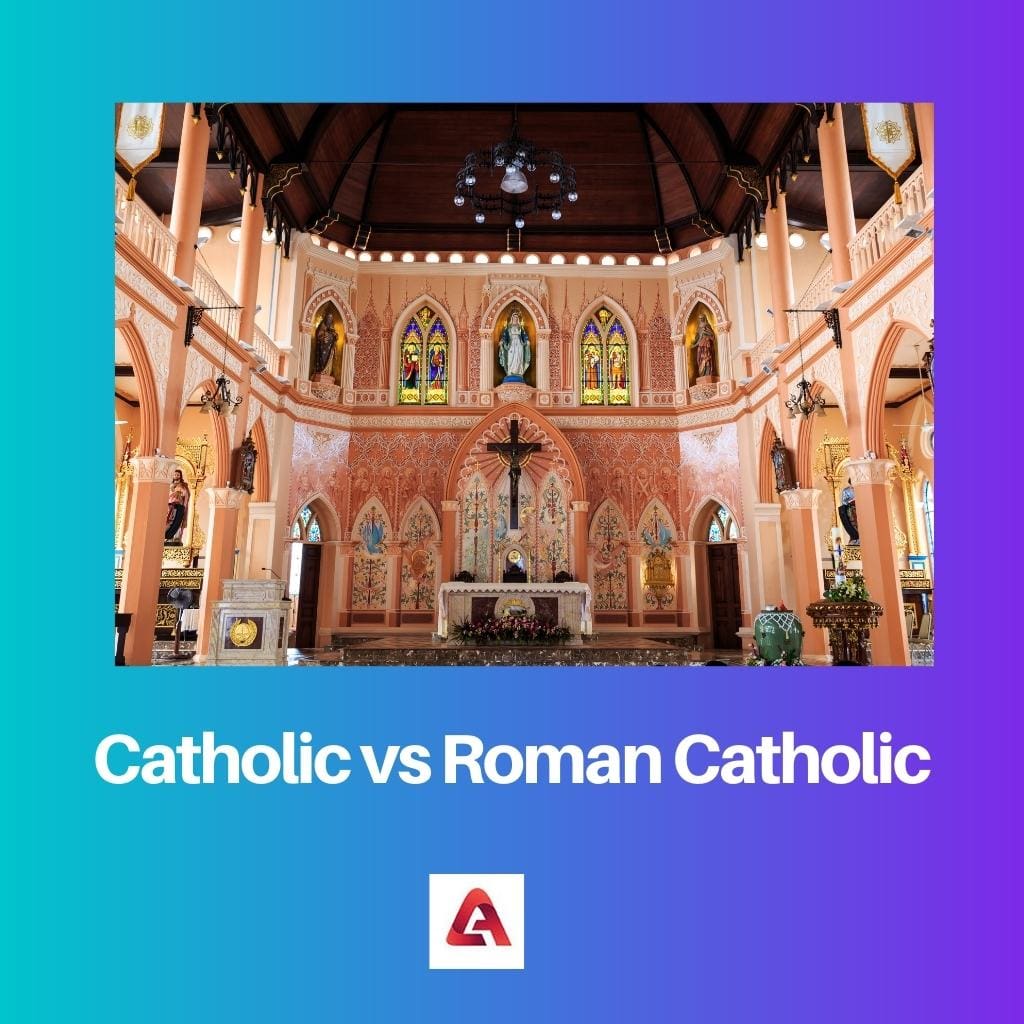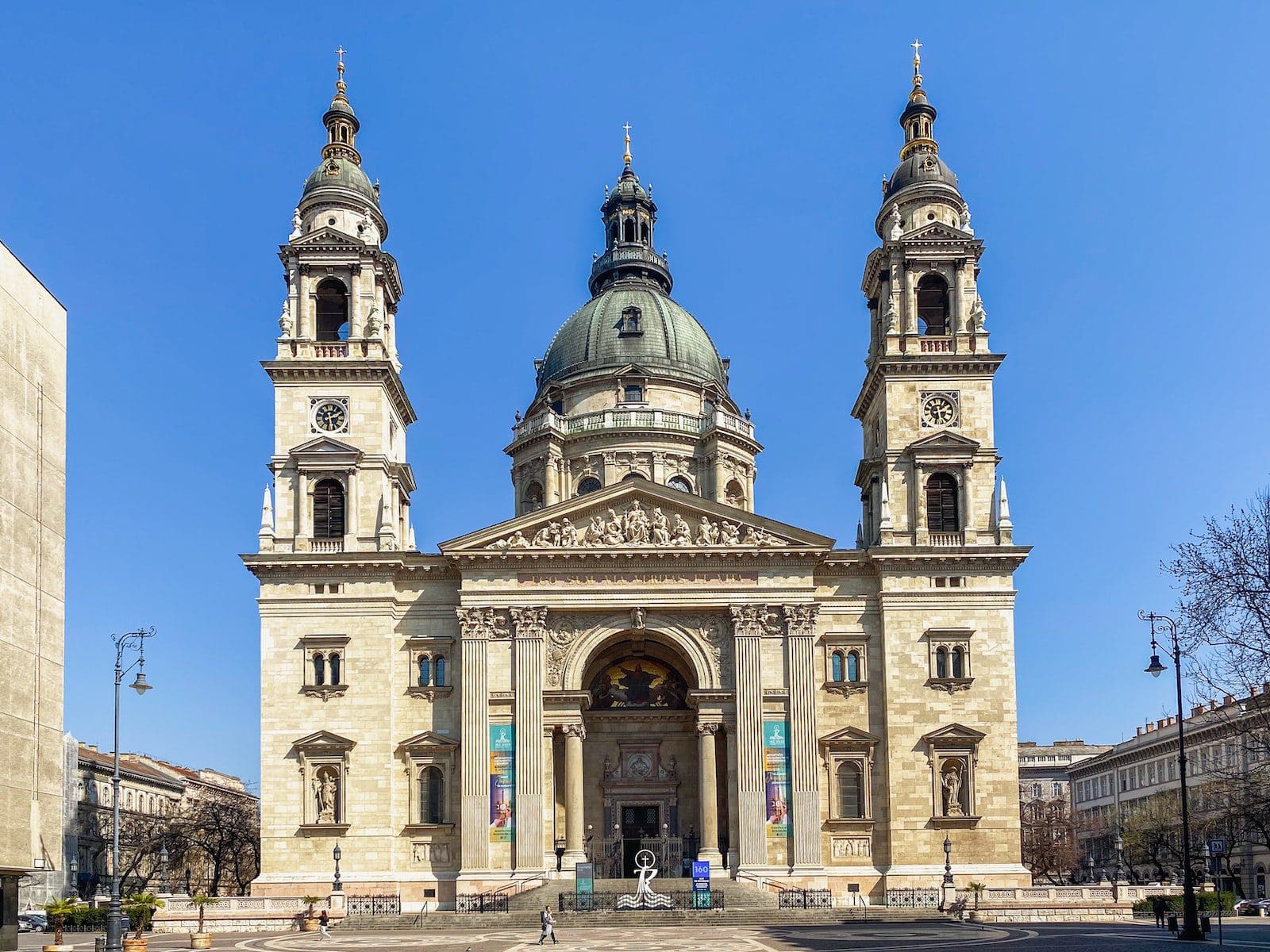Christianity is the world’s largest-growing religion, with over two billion followers. Christianity is a major religion that focuses on preachings, teachings, and stories of the anointed one of God, Jesus Christ.
The largest groups in Christianity are the Catholics, Roman Catholics, and protestant churches. There are various subdivisions within the religion.
Key Takeaways
- The Catholic Church is a universal Christian church that believes in the Holy Trinity and the seven sacraments, including baptism and the Eucharist.
- The Roman Catholic Church is a branch of Catholicism that acknowledges the importance of the Bishop of Rome (the Pope) and follows the Roman Rite of the liturgy.
- While both share a common history, there are theological and cultural differences between the Catholic and Roman Catholic churches, including views on Mary and the saints, the use of icons, and the interpretation of the Bible.
Catholic vs Roman Catholic
“Catholic” means “universal” and refers to the idea that the Church is meant to be a worldwide community of believers. The term “Roman Catholic” refers to the Catholic Church centred in Rome and its leadership by the Pope.

All Catholics come under the category of Christians, whereas not all Christians are called Catholics. Catholics disagree with the canon laws.
Catholics believe that After death, the soul goes to Hades to wait and anticipate the rise of Christ. Catholics do not have a papal authority and don’t believe in that.
Roman Catholics have their origin and roots in St.Peter. He is among the twelve apostles and a disciple of Jesus Christ.
They are headed by the Pope, their spiritual leader, and addressed as the Vicar of Jesus Christ. Roman Catholics have handed over the task of applying the Canon laws to their Bishop.
Comparison Table
| Parameter of Comparison | Catholic | Roman Catholic |
|---|---|---|
| Pope | Catholics are a minority group and don’t believe in papal authority. | Roman Catholics are a larger group and believe in papal authority. |
| Bible | Catholics follow the original, unchanged holy scriptures and the Bible. | Roman Catholics have included additional books to their version of the Bible. |
| Canonical laws | Catholics do not take canon laws into account. | Roman Catholics are authorized to consider and work following Canonical laws. |
| Immaculate Conception | Catholics have a strong belief in Immaculate Conception, and they consider Mother Mary to be mortal. | Roman Catholics strongly believe in immaculate conceptions and the virgin Mary theory. |
| Purgatory | Catholics do not hold a belief in the theory of purgatory. | Roman Catholics hold a strong belief in the concept of purgatory after death. |
What is Catholic?
The term Catholic translates to orthodox. They are also known as Greek Orthodox. These people did not get separated and go into the roman catholic church when the split happened.
They differ from Roman Catholics in practices and beliefs. According to them, Jesus Christ is the Messiah of God and was sent to earth to save the people.
They religiously believe and use the Bible, their error-free holy book.
They did not include the new or latest versions in the Roman Catholic books. They are typical followers of Christianity who do not wish to change the verbatim and exact writings of the Lord Jesus.
They also do not prefer new additions to their bibles.
They believe that mary is mortal and was pre-prepared to give birth to Jesus.
They also disbelieve and do not consider canonical laws. They do not have any papal authority, and they do not have a pope.
According to them, once a person dies, his soul waits and then goes to the hades, the house of the dead. After that, it gets united with the soul of Jesus Christ. They also do not believe in purgatory.

What is Roman Catholic?
The roman catholic church is the group of people who got separated during the partition and came away from the catholic church. They follow the roman catholic church.
They are the followers of St. Peter, believed to be one of the twelve apostles of Jesus. He was also an arduous follower of Christ.
The successor of St. Peter is called the Pope, who is the vicar of Christ.
Roman Catholics claim the church’s authenticity, and they also believe that the roman catholic church is the one holy, catholic, and apostolic church that possesses all the original teachings and lessons directly from the period of Jesus Christ.
They consider themselves to follow the right and enlightened path of Jesus present in their holy books and scriptures.
They believe in purgatory, that is, the soul, after the death of a person, undergoes purification to enter heaven. Otherwise, it will go to hell.
They commemorate the resurrection and sacrifice of Jesus, which is celebrated as a mass eucharist. Besides, they hold strong religious beliefs in baptism, penance, anointing, holy calls and orders, and matrimony.
They are the believers and followers of canonical laws.
They also worship and believe in the virgin mary and other holy saints and priests. The roman catholic church is one of the largest worldwide organizations. Their relics are included in prayers.

Main Differences Between Catholic and Roman Catholic
- Catholics are small in number, and Roman Catholics are prominent in number.
- Catholics have the unaltered form of the Bible, whereas Roman Catholics have their Bible, including some new scriptures.
- Catholics don’t consider Canon law, but Roman Catholics are strict.
- Catholics believe in the Immaculate Conception, but the Roman Catholics disagree entirely.
- Catholics believe in purgatory, but Roman Catholics do not think so.






